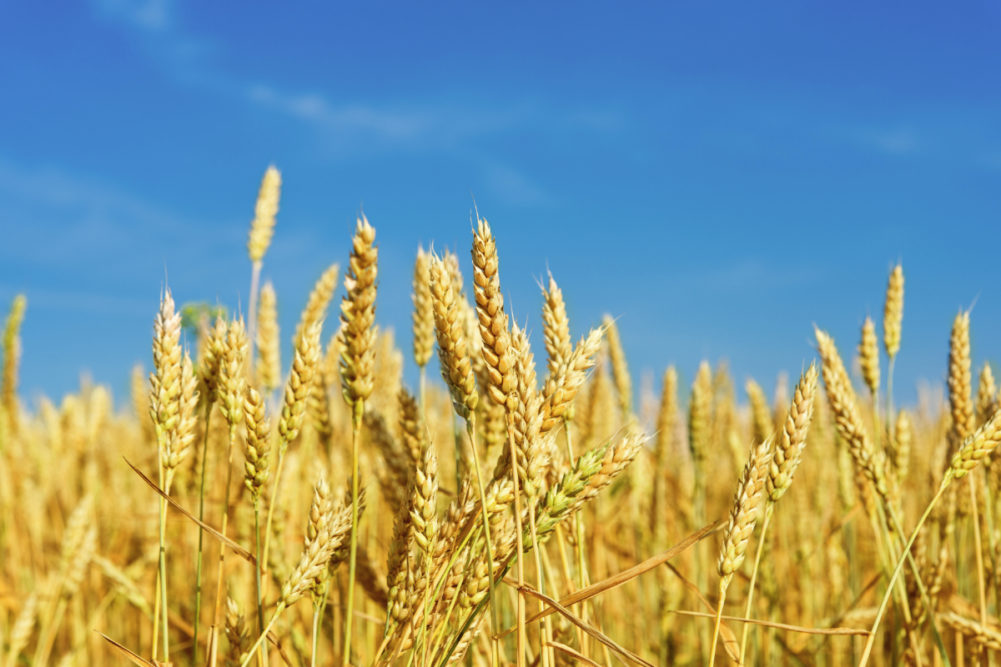WASHINGTON — Farmers in 2020 intend to seed the fewest acres to wheat since records began in 1919, the US Department of Agriculture indicated in its March 31 annual Prospective Plantings report.
All wheat planted area was projected at 44,655,000 acres, down 1% from 45,158,000 acres seeded in 2019, down 0.7% from 45 million acres projected by the USDA at its 96th annual Agricultural Outlook Forum in February, down 9% from the five-year average and the lowest total on record.
Area planted to spring wheat other than durum was projected at 12,590,000 acres, down 1% from 12,660,000 acres in 2019, but 2% higher than the 2015-19 average. The total projection includes about 11.9 million acres to hard red spring wheat. The USDA noted in its report acreage increases were expected in all spring wheat production states except Minnesota and top producer North Dakota, the latter estimated at 6.10 million acres, a 9% decrease from 2019.
Durum planted area was forecast at 1,290,000 acres, down 4% from 1,339,000 acres in 2019. Of note was the increase in projected Arizona area seeded to durum at 50,000 acres, up 47% from 34,000 acres in 2019, but still down 33% from 74,000 acres in 2018. Montana durum acreage also was projected to increase. California durum plantings were seen decreasing while Idaho and North Dakota durum acreage estimates were record lows.
Winter wheat planted for harvest in 2020 was estimated at 30,775,000 acres, the second lowest planted acreage on record for the United States. The total was down slightly from the USDA’s February projection, down 1% from 31,159,000 acres in 2019 and down 11% from the 2015-19 average. Of the total, hard red winter area was estimated at 21.7 million acres, soft red winter at 5.69 million acres and white winter at 3.42 million acres. Utah and Nebraska were projected to seed record low acres to winter wheat, the latter one of the top hard red winter production states.






